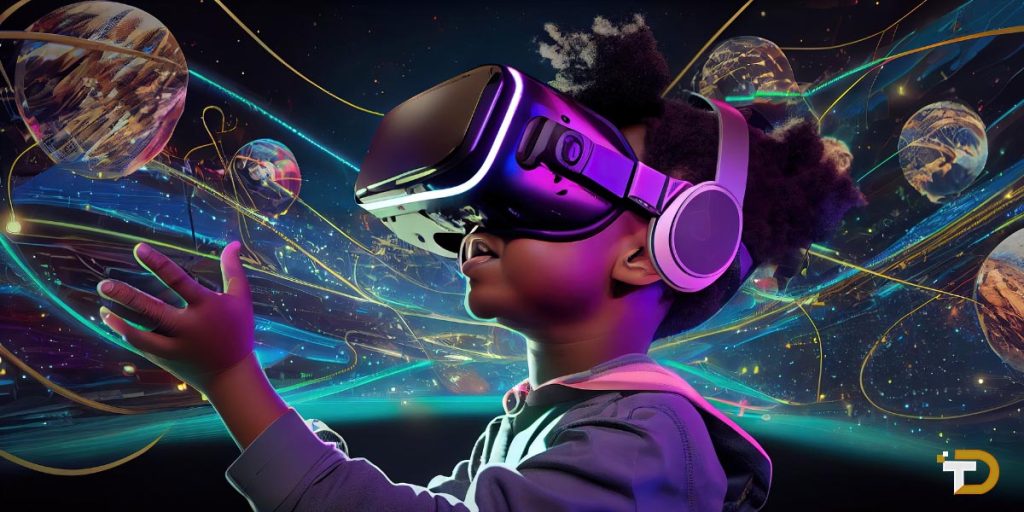Top 10 Gaming Marketing Trends in 2024
As we enter the new year of 2024, the gaming industry is primed for an exciting period of evolution and growth. Gaming Marketing Trends will be navigating a dynamic landscape shaped by emerging technologies and changing player preferences. This article examines the top ten marketing trends that industry experts forecast will have significant influence over the coming year. By gaining insights into where the sector is headed, publishers can refine their strategies to best engage communities and find success in 2024. So without further delay, let’s explore these pivotal trends and what they may mean for gaming’s future.
What is Gaming Marketing?
Before delving into the trends, it’s helpful to define what gaming marketing encompasses. In essence, it refers to the various promotional activities and strategies used to raise awareness of video games and drive engagement among players. This involves tasks such as advertising campaigns, community management, public relations, influencer partnerships, social media promotion, and analytics-driven optimization. The overarching goal is to attract new players, encourage existing fans to keep playing and support in-game monetization efforts over the long term. Done effectively, gaming marketing can help titles gain traction, maintain active communities, and find commercial success. With this context in mind, we now turn to the key trends poised to shape the approach in 2024.
Gaming Marketing Trends
With the gaming industry continuously evolving, marketers must stay abreast of emerging trends to engage players and find success.
Personalization and Customization
Gamers increasingly want options to personalize their gaming experience. One way game marketers are facilitating this is by allowing customization of in-game elements like avatars, weapons, vehicles, and accessories. Players enjoy feeling like they can express their unique style and preferences within the game world. Forward-thinking companies will provide robust customization tools and market them effectively to attract more personalization-oriented players.
Social and Community Features
There is a growing desire among players to interact and engage with others through gaming. Features that facilitate social connections, like clans, guilds, leaderboards, player-vs-player matches, and co-op gameplay are becoming increasingly important. Marketing that highlights the social and community aspects can help lure players who enjoy interacting with others. Integrating social media sharing functionality can also help spread the word and promote engagement.
Immersive Experiences Through VR/AR/XR
With the cost of virtual and augmented reality headsets declining, these platforms are gaining more mainstream traction. Game marketers should consider how their titles might translate or even be enhanced through VR/AR/XR. This could involve developing dedicated VR/AR/XR versions or adding optional VR/AR/XR modes to existing games. Immersive experiences can attract cutting-edge players looking for novel gameplay.
Live Operations and Ongoing Content

Today’s players expect a steady stream of fresh content and reasons to keep playing even after completing the core game. Live operations with regular content updates, seasonal events, and post-launch support are essential to maintain engagement and revenue over the long term. Marketing that highlights upcoming content can generate excitement and encourage repeat/return visits from the player community.
Emphasis on Community & Social Features
There is a growing preference among players to interact and engage with others through gaming. Features that facilitate social connections, like clans, guilds, leaderboards, player-vs-player matches and co-op gameplay are becoming increasingly important. Marketing should highlight the social and community aspects to attract players who enjoy interacting with others. Integrating social media sharing functionality can also help spread the word and encourage engagement.
Personalized & Hyper-Targeted Advertising
With the abundance of data available, advertisers now can hyper-target messaging to extremely specific player profiles and interests. Personalized ads tailored to location, demographics, in-game behaviours, and other attributes can improve response rates. Tools like AI can help automate and optimize personalization at scale. While privacy remains important, personalized advertising will be a major trend marketers leverage for increased effectiveness.
Influencers & User-Generated Content
Influencers on platforms like YouTube and Twitch have become integral to many marketing campaigns. Their genuine enthusiasm for games can attract wide audiences. Meanwhile, player clips, screenshots, and videos shared organically provide free marketing when handled properly. Promoting tools for content creation and highlighting top community content can amplify word-of-mouth. Transparent policies protect privacy while enhancing creativity.
Esports & Competitive Gaming

The esports phenomenon shows no signs of slowing. Game marketing that spotlights competitive features, tournaments, and top players can attract those with a passion for high-level PvP play. Forming professional esports organizations and leagues establishes a credible presence, while community competitions and live streaming of matches keep the competitive spirit alive across all skill levels. Esports remains a potent marketing channel.
Cross-Media & Franchise Marketing
Games based on existing movies, TV shows, books, and other franchises see increased success by tapping into built-in fanbases. Meanwhile, wildly popular games are spawning new franchises across other mediums. Cross-promotion between games and other media helps build brand recognition and loyalty. Coordinated marketing campaigns timed around related releases and events creating synergies between platforms.
Play-To-Earn & Blockchain Integration
The ability to generate tangible rewards by playing has sparked interest in play-to-earn and blockchain-based games. Marketing should clarify how rewards are earned and explain any associated economic systems. While still niche, play-to-earn addresses the desire for utility and ownership. As blockchain gaming matures, these features may attract a new demographic. Early adoption and clear communication of mechanics will position titles favourably.
Read more: Innovative Creation & Uses of WhatsApp Channels in Marketing
Conclusion
In summary, 2024 will see continued emphasis on social connections, immersive technologies, live operations, and highly targeted personalized advertising based on player data insights. Community engagement, influencer marketing, esports, cross-media franchising, and potentially play-to-earn models will also be important trends for gaming marketers to consider embracing. A balanced, community-focused approach addressing these evolving preferences will help games succeed in the year ahead.





